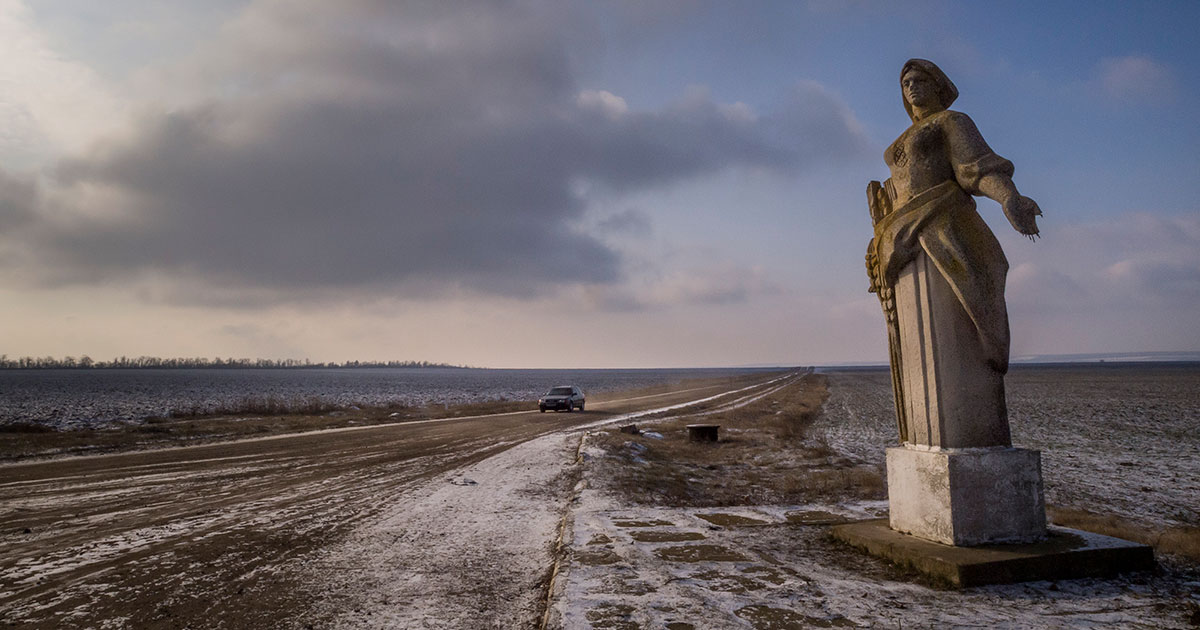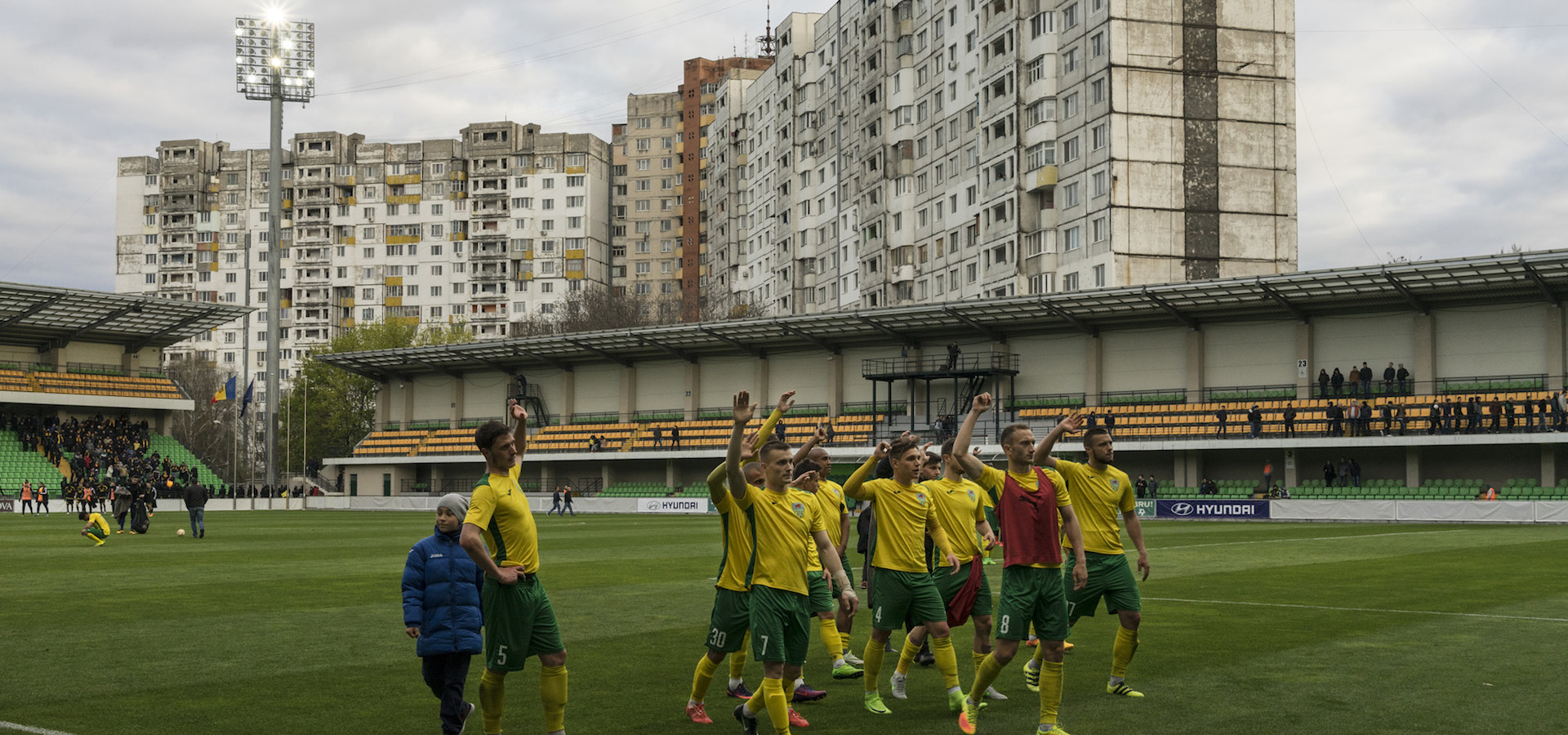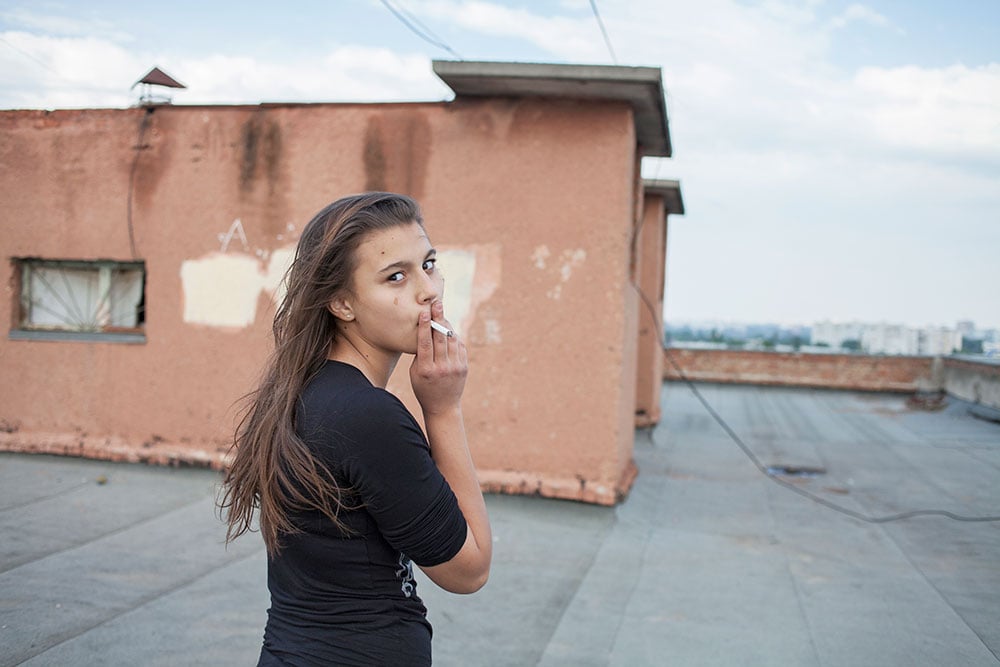My Transnistria: the photographer who grew up alongside a breakaway state
Most images of the breakaway region of Transnistria focus on the monuments that earnt the area its nickname as a lost “Soviet enclave”: Lenin statues or tanks in the heart of town squares. By contrast, Mikhail Kalarashan’s unassuming pictures of everyday life ring differently as the photographer strives to capture his birthplace “through the eyes of a peer”.
Born in Transnistria in 1993, three years after that the region declared independence from Moldova, Kalarashan says he feels like he has no homeland. Kalarashan’s parents — one ethnic Moldovan-Romanian, the other Russian — came to Transnistria as perestroika began in 1985. They moved to the Transnistrian town of Rybnitsa, a place they thought would be a “promising northern industrial town”. But as the Soviet Union collapsed, and Moldova declared independence in 1991, tensions rose in Transnistria. The region declared independence for itself, and by 1992, events spiralled into civil war. More than 1,000 soldiers and civilians died, and, much like in today’s eastern Ukraine, the local separatist volunteers were joined by Russian soldiers.
Kalarashan found himself in a strange position. His extended family and friends lived on the right bank of the Nistru river, which remained Moldova. Every week, he jumped into a red Zaporozhets car and visited his grandparents on the right bank, “away from factory pipes and politics”. Meanwhile, at his school on the left bank of the river, the Transnistrian flag hung above the building, and the Transnitrian rather than the Moldovan anthem boomed at the beginning of the academic year in September. He was also bullied for being “Moldovan” rather than “Transnistrian”. Children used the words “Mamalijnik”, based on the national Moldovan dish polenta (mămăliga), and “Moldovashka” as offensive terms.
“Transnistria flowed around me, as water does, flowing around the stone. Water sharpens the stone, but it takes a lot of time,” Kalarashan says. After finishing school, the photographer left to study on the right bank, in the Moldovan capital of Chișinău.
“In many aspects, Transnistria reminds me of a teenager who is trying to go against his ancestors at any cost, starting from communications, currency, the army and official rhetoric, and ending with the proud dictum ‘Independent Republic’,” Kalarashan says.
Having left Transnistria as a teenager, Kalarashan went back as an adult, five years later, to photograph it.
“Sometimes I don’t understand anything, sometimes I’m afraid, but still, I understand that ‘this is mine’, despite the fact that no one ever asked me if I want it to be mine,” he explains. “This culture has become a part of me.”


